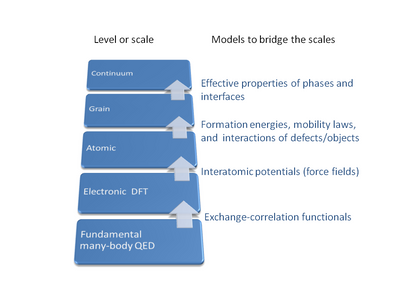FMH3623 Seminar Course in Atomic- scale Materials Science 6.0 credits

Information per course offering
Course offerings are missing for current or upcoming semesters.
Course syllabus as PDF
Please note: all information from the Course syllabus is available on this page in an accessible format.
Course syllabus FMH3623 (Spring 2019–)Headings with content from the Course syllabus FMH3623 (Spring 2019–) are denoted with an asterisk ( )
Content and learning outcomes
Course contents
No information inserted
Intended learning outcomes
No information inserted
Literature and preparations
Specific prerequisites
Admitted to PhD studies
Basic courses within Quantum Mechanics and Statistical Physics, or equivalent
Recommended prerequisites
Basic courses within Quantum Mechanics and Statistical Physics, or equivalent
Literature
You can find information about course literature either in the course memo for the course offering or in the course room in Canvas.
Examination and completion
If the course is discontinued, students may request to be examined during the following two academic years.
Grading scale
P, F
Examination
- SEM1 - Seminar, 6.0 credits, grading scale: P, F
Based on recommendation from KTH’s coordinator for disabilities, the examiner will decide how to adapt an examination for students with documented disability.
The examiner may apply another examination format when re-examining individual students.
Examiner
Ethical approach
- All members of a group are responsible for the group's work.
- In any assessment, every student shall honestly disclose any help received and sources used.
- In an oral assessment, every student shall be able to present and answer questions about the entire assignment and solution.
Further information
Course room in Canvas
Registered students find further information about the implementation of the course in the course room in Canvas. A link to the course room can be found under the tab Studies in the Personal menu at the start of the course.
Offered by
Main field of study
This course does not belong to any Main field of study.
Education cycle
Third cycle